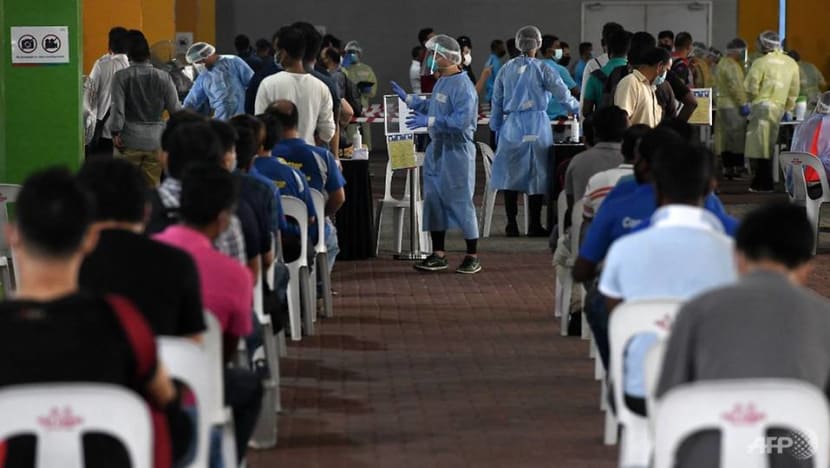More applying for bankruptcy protection in Singapore amid economic slowdown, end of pandemic support measures
A total of 3,380 people have applied for bankruptcy protection so far this year.

SINGAPORE: More people in Singapore are applying for bankruptcy protection, with the number of applications up to this November already exceeding last year's total.
The total of 3,380 people who have applied for bankruptcy protection so far this year, is more than each of the past two pandemic-stricken years.
However, the number remains below the level observed in 2019, before the onset of the pandemic.
Once bankruptcy protection is granted, any legal action against the bankrupt may not proceed. Their debts are also frozen and cannot accumulate.
However, monthly repayments determined by an Official Assignee or private trustee, must still be made by the bankrupt individual.
The Official Assignee is a public servant and an officer of the Court, while a private trustee is nominated by the applicant creditor or debtor and approved by the Court. Both serve the same functions in administering the estate of the bankrupt.
The growing number of bankrupts in Singapore is due to a confluence of many factors, according to analysts.
Professor Lawrence Loh, director of the Centre for Governance & Sustainability at the National University of Singapore Business School, noted the world is just emerging from the COVID-19 pandemic, so there is the “cumulative effect of the slowdown and many of the support measures ending”.
“At the same time, the bigger problem is actually on the global front, where there are some indications of slowdown, including even inflation that leads to interest rate rises, so all this collectively adds to the challenges,” he said.

THE BANKRUPTS
The bulk of the bankruptcy applications are made up of small and medium-sized business owners, according to Mr Anand George, partner at IRB Law.
His law firm handles about 50 bankruptcy cases at any one time.
He said that certain businesses, like those in the food and beverage (F&B) industry, were severely impacted by the pandemic, but as there was a moratorium in place, no bankruptcy applications could be taken out.
“I think some businesses tried to refinance the loans, or they would have attempted to stave off bankruptcy during that period,” said Mr George.
“But they already had a business model that was unsustainable. So then what happened was after the moratorium was lifted, there was an increase in bankruptcy applications.”

Data from the Ministry of Law also shows that people are now having a more difficult time paying off their existing debt.
Fewer than 1,000 people have been discharged from bankruptcy so far this year, which means the debt has been fully paid or that creditors have accepted the offer of a settlement.
Mr George said that factors deciding whether or not a bankrupt is discharged include the individual’s employment status and the state of his personal financial circumstances.
“I think what is also equally relevant, is the size of debt that we are talking about at the time in which that individual was made bankrupt. Of course if the debts are larger, it takes a longer time before a bankruptcy discharge order is given,” he said.
















